3 Funds, 3 Stocks to Tap the Tiny Tech Trend
It’s no secret that large technology firms have led the way for much of the bull market.

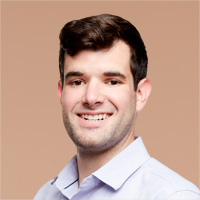
It’s no secret that large technology firms have led the way for much of the bull market. By now, every investor knows that FANG stands for Facebook, Amazon.com, Netflix and Google (although Google is now Alphabet). From the beginning of the bull market in 2009 through 2018, tech stocks in the large-company Standard & Poor’s 500-stock index edged out tech stocks in the small-cap S&P SmallCap 600 by a half-percentage point per year, on average. In 2019, Big Tech pulled in front big time, returning 50.3%, compared with 39.6% for small-tech firms.
But small tech firms may be poised to close the gap, says Jim Paulsen, chief investment strategist at market research firm Leuthold Group. The “mini FANGs” (as he likes to call them) are currently trading at about the same valuation as big tech names, when small fries have historically commanded a premium. And analysts estimate that over the next three to five years, profits for the small tech stocks will increase at twice the rate of big-tech earnings.
Although small stocks tend to come with more volatility than large ones, small tech firms will largely avoid some of the risks tied to the tech behemoths. “These firms aren’t in the crosshairs of regulators over privacy or antitrust issues,” he says. Paulsen recommends shifting as much as 50% of whatever you have allocated to tech stocks into smaller names.
Here are six ways to do that.
Disclaimer
Prices, returns and other data are through December 31. Annual revenue figures are based on analyst estimates for calendar year 2019. Sources: Morningstar Inc., Zacks.
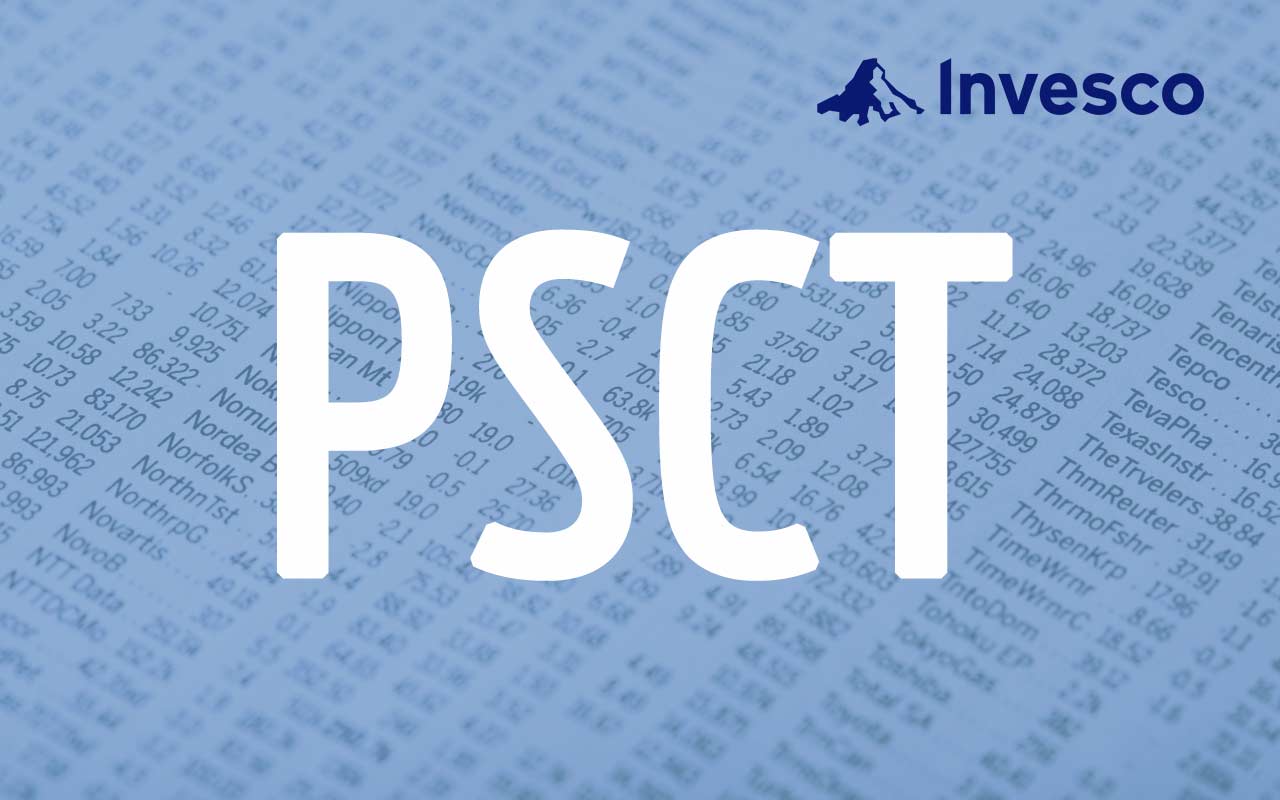
Invesco S&P SmallCap Information Technology ETF
- Symbol: PSCT
- Share price: $96
- Expense ratio: 0.29%
- 1-year annualized return: 39.2%
- 3-year annualized return: 11.7%
For broad exposure, consider Invesco S&P SmallCap Information Technology ETF. The fund invests in a portfolio of 80 stocks weighted by average market capitalization (share price times shares outstanding), with the average stock clocking in at $1.9 billion. Top holdings include network testing equipment maker Viavi Solutions, energy resource management company Itron, and Brooks Automation, which provides materials and services primarily to the semiconductor industry.
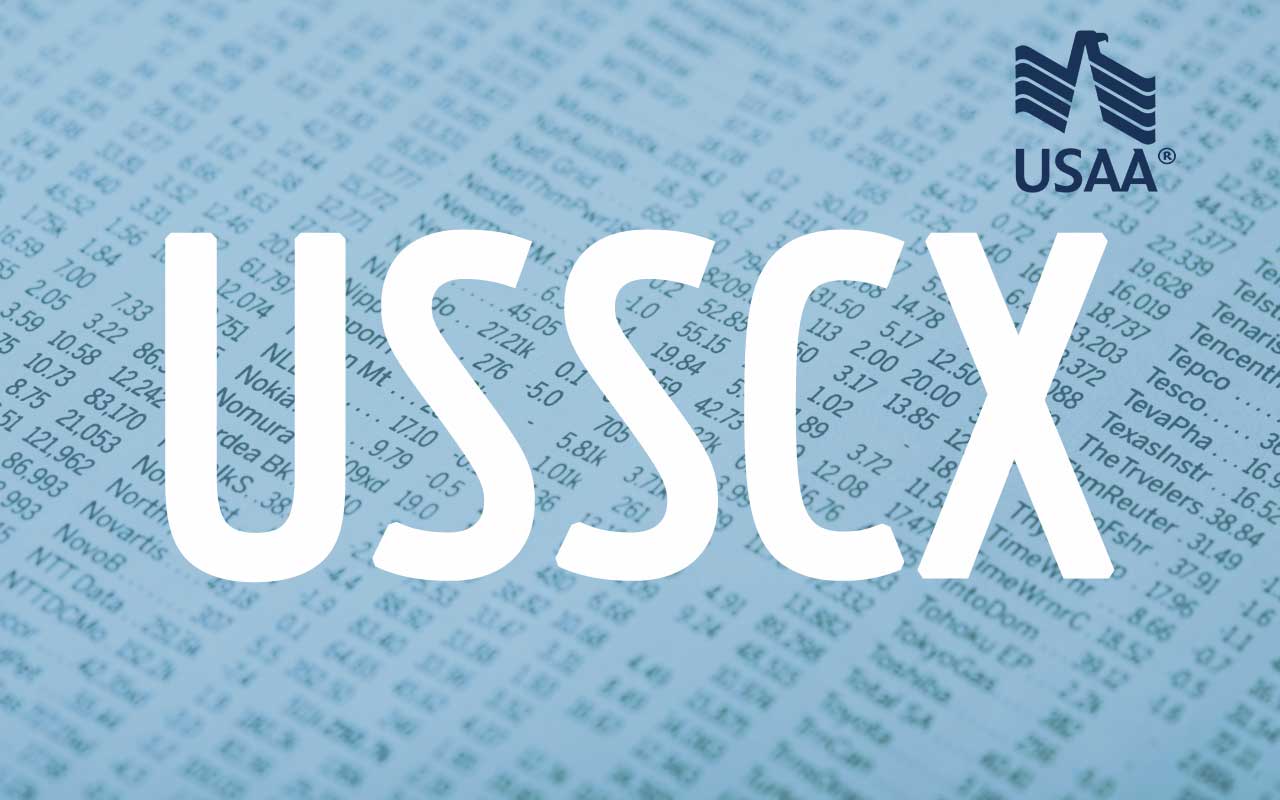
USAA Science & Technology Fund
- Symbol: USSCX
- Share price: --
- Expense ratio: 1.02%
- 1-year annualized return: 37.8%
- 3-year annualized return: 21.5%
Mutual fund investors won’t find any pure plays on small-cap tech stocks, though they can invest in funds that tilt heavily in their direction. Among technology sector funds, USAA Science & Technology Fund has relatively limited exposure to giant firms, holding only 44% of assets in large caps, compared with a 70% stake for its average peer. The fund’s 25% allocation to pint-size firms may seem scant, but compared with the 6% holding among peer funds, it’s a big bet on the little guys. Management of the fund is split between teams at Victory Capital (who manage roughly two-thirds of assets) and Wellington Capital Management. The Victory team screens for stocks with sustainable earnings growth, high returns on capital and improving profit margins, before homing in on stocks with niche businesses and excellent management teams. Wellington’s team scours the globe for fast-growing, high-quality firms with market-leading innovations.
Tech names currently predominate, followed by health care firms; 17% of assets are in foreign firms. Top small-cap tech holdings include communications software firm RingCentral and semiconductor manufacturer Macom Technology Solutions. The fund has bested its average peer in seven of the past 10 calendar years, with a 16.6% annualized return that beats the average tech fund by 1.4 percentage points. Over that period, USAA Science & Tech was 11% less volatile than rival funds, on average.
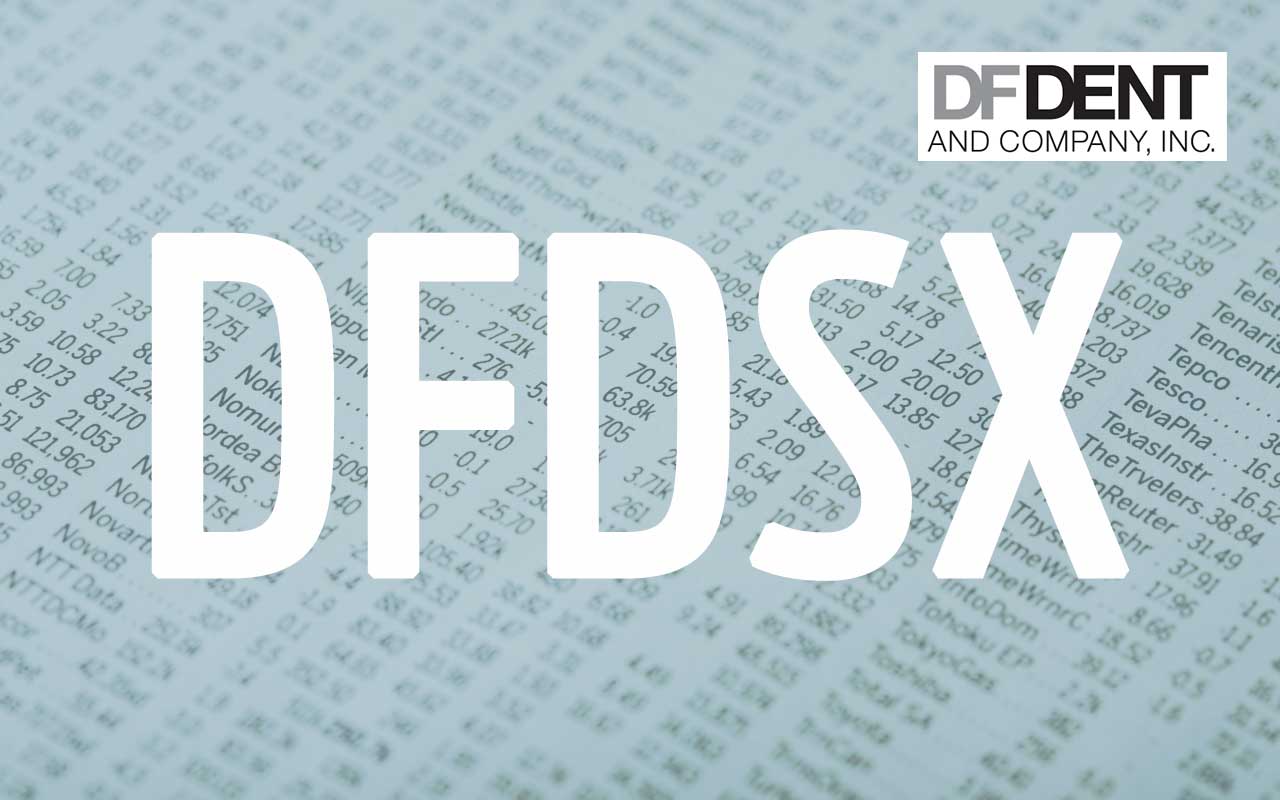
DF Dent Small Cap Growth
- Symbol: DFDSX
- Share price: --
- Expense ratio: 1.05%
- 1-year annualized return: 36.3%
- 3-year annualized return: 15.8%
- DF Dent Small Cap Growth allocates 40% of assets to tech stocks, compared with a 17% average holding among funds that invest in small-company stocks. A focus on fast-growing, innovative firms accounts for the bias toward tech, says comanager Gary Wu. He and comanager Matthew Dent favor firms with a dominant position in a niche market, ample or growing amounts of cash, and a management team that allocates capital wisely and with shareholder interests in mind. The managers also value “sticky” businesses, ones that tend to retain customers. As a result, the fund holds a number of makers of what Wu calls “mission critical” software—tech that massively improves the business that adopts it, becoming essential and embedded in its operations.
The fund doesn’t have a long track record, but since its November 2013 debut, Small Cap Growth returned an annualized 11.5%, 1.7 percentage points ahead of the S&P SmallCap 600 and better than 93% of small-cap mutual funds.

Consider Cloud Companies
Investors with a high tolerance for risk who want to capitalize on one of the fastest-growing trends in tech might consider the stock of firms offering their products and services via the internet—in other words, in the proverbial cloud. Technology research firm Gartner expects annual cloud revenues worldwide to reach $355 billion in 2022, up from $228 billion in 2019. Among the most promising next-generation cloud companies are so-called software-as-a-service firms.
These companies have revamped the old model of providing services through software with a renewable licensing fee. Rather, customers pay a subscription fee to access software in the cloud. Such a model is attractive because it creates a steady, predictable revenue stream with fewer fluctuations in customer demand, allowing execs to invest efficiently in expanding the business. Because customers typically sign long-term agreements and fully integrate the software into their businesses, they tend to stick around.
Though companies such as Salesforce.com and Workday have become well-known names, the shift to doing business in the cloud is still nascent. The three small, fast-growing companies below are well positioned to grow along with the cloud. Because these fledglings lack a consistent record of profitability so far, they’re best suited for long-term investors comfortable with more-speculative holdings. But all have records of prodigious revenue growth and have the potential to deliver market-beating returns over the next few years.
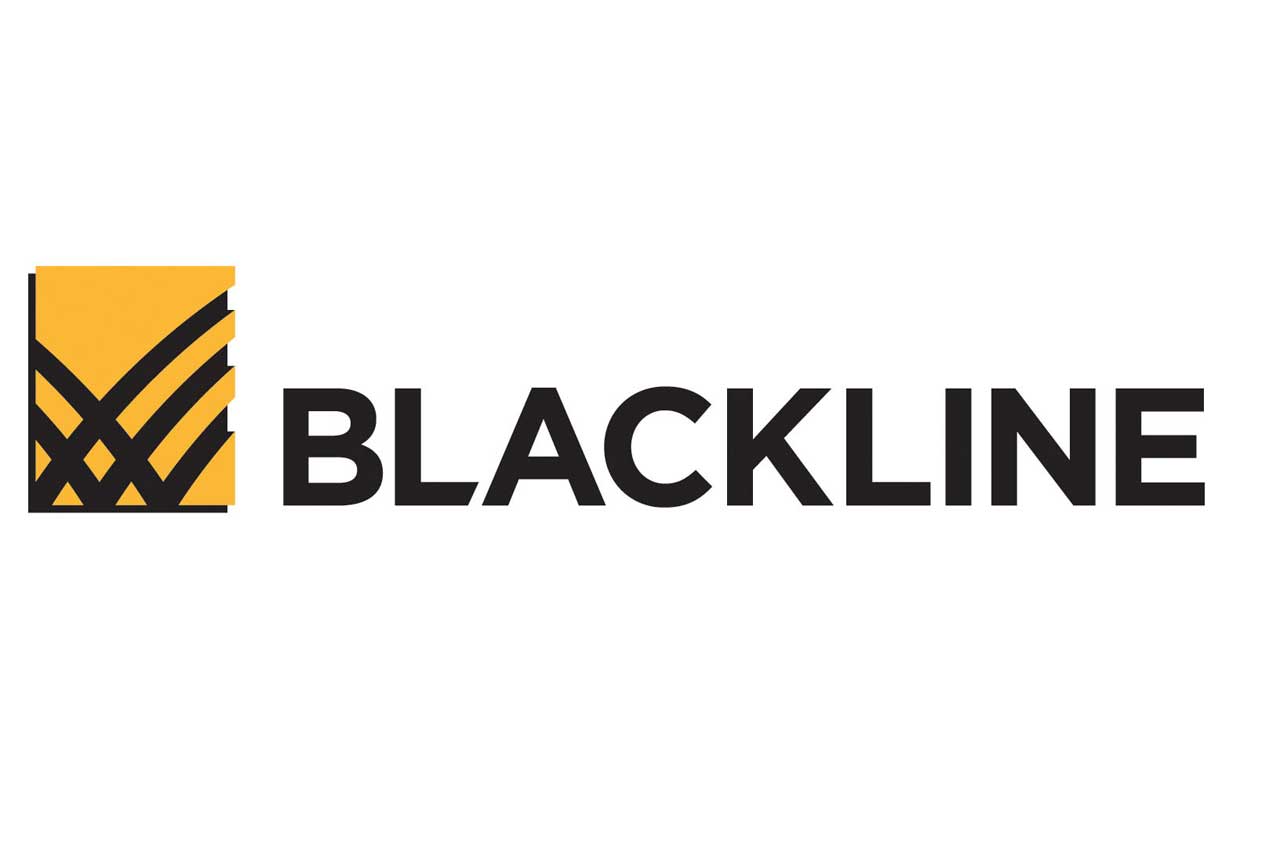
BlackLine
- Symbol: BL
- Share price: $52
- Expense ratio: --
- 1-year annualized return: 25.9%
- 3-year annualized return: 23.1%
- Annual revenue: $287 million
- BlackLine is aiming to revolutionize the way companies keep their books with software that automates and streamlines the financial and accounting practices that go into the closing process at the end of each accounting period. The market for such services amounts to some $18.5 billion in annual revenue, according to market research firm and consultancy Frost & Sullivan. BlackLine’s estimated $285 million in 2019 revenue is a mere nibble out of a huge pie, yet the firm, which began trading publicly only in 2016, is nonetheless a leading player in the industry, with best-in-class features and functionality, says DF Dent’s Gary Wu.
Shares sit below their September 2018 high due to investor concerns over slowing sales growth. But the slowdown was at least partially by design, says Wu. Rather than shooting for hyperexpansion, BlackLine spent the past two years building out the firm’s team that helps customers with implementing the software. With a revamped team in place, Wu expects sales growth to pick back up in 2020.
Measured by generally accepted accounting principles, BlackLine has no earnings to speak of, and by the firm’s own (non-GAAP) accounting, profits are meager. That makes the stock, by both standards, expensive. But BlackLine trades at an enterprise value (generally thought of as what it would cost to buy a company outright) that is 7.7 times estimated 2020 revenues, according to analysts at investment firm William Blair. That’s a discount to rival firms, which trade at a median multiple of 9.6, they say. And given BlackLine’s potential to boost sales and expand profit margins at a faster rate than its peers, the stock deserves a “buy” (outperform) rating, they say.

Five9
- Symbol: FIVN
- Share price: $66
- 1-year annualized return: 50.0%
- 3-year annualized return: 66.6%
- Annual revenue: $322 million
Whether you contact a business over the phone or use an online chat, people on the other end of those interactions use software to help assist customers. Five9 is a leader in providing such software in the cloud—a business known as contact center as a service. Five9’s technology improves customer experience, for instance, by using artificial intelligence to route customer calls to the most appropriate agent among the available pool.
Five9 estimates that only about 15% of call center agents have converted to the cloud and says the potential market for the industry is $24 billion in annual revenues. That gives Five9 “open-field running for the foreseeable future,” says Jagjit Sahota, an investment analyst at mutual fund firm Wasatch Global Investors. “We think Five9 will be the dominator in this market.”
Five9 has grown at a torrid pace, boosting revenue by an annualized 25% from 2013 through 2018 while steadily improving profitability. The firm’s earnings are still nonexistent, but the annual trend has been solidly in the right direction since Five9 went public in 2014. Sahota believes the company should continue to increase profitability while boosting sales at a robust, mid-20s annual percentage rate over the next three to five years.

RingCentral
- Symbol: RNG
- Share price: $169
- 1-year annualized return: 104.6%
- 3-year annualized return: 101.6%
- Annual revenue: $888 million
If RingCentral has a say, you may soon bid goodbye to your old desktop phone. The firm’s software allows workers to communicate via phone, text, video conference, instant message and more over one web-based platform. RingCentral, which charges a subscription fee per “seat” (each end user, essentially), estimates the company serves 3 million of the 10 million seats that have already migrated to the cloud. But companies providing the old-fashioned model serve some 400 million to 500 million seats. Helping matters for RingCentral is a recently inked agreement with legacy office communications firm Avaya to become the firm’s exclusive cloud software provider, giving RingCentral access to Avaya’s cache of more than 100 million seats.
RingCentral’s stock has jumped 45% since the deal was announced in October, aided by the firm posting better-than-expected third-quarter results (though profits are still in the red by traditional accounting standards). Wall Street is underestimating the impact of the deal, which could spark 31% annual growth in subscription revenue through 2023, to $2.4 billion, says Jefferies analyst Samad Samana. RingCentral is Samana’s contribution to Jefferies’ “Franchise Pick” list—the buy-rated stocks the firm’s analysts are most bullish on.
Get Kiplinger Today newsletter — free
Profit and prosper with the best of Kiplinger's advice on investing, taxes, retirement, personal finance and much more. Delivered daily. Enter your email in the box and click Sign Me Up.

Ryan joined Kiplinger in the fall of 2013. He wrote and fact-checked stories that appeared in Kiplinger's Personal Finance magazine and on Kiplinger.com. He previously interned for the CBS Evening News investigative team and worked as a copy editor and features columnist at the GW Hatchet. He holds a BA in English and creative writing from George Washington University.
-
 Designing Your 'Immortal' Financial Plan
Designing Your 'Immortal' Financial PlanExplore an approach that offers solutions for those navigating the intersection of longevity, fulfillment and financial security.
By Dennis McNamara
-
 How to Protect Your Privacy While Using AI
How to Protect Your Privacy While Using AIHow to keep your information and finances safe while using AI, including ChatGPT and Perplexity.
By Bob Haegele
-
 The Cheapest Places To Retire in the US
The Cheapest Places To Retire in the USWhen you're trying to balance a fixed income with an enjoyable retirement, cost of living is a crucial factor to consider.
By Stacy Rapacon
-
 How Inflation, Deflation and Other 'Flations' Impact Your Stock Portfolio
How Inflation, Deflation and Other 'Flations' Impact Your Stock PortfolioThere are five different types of "flations" that not only impact the economy, but also your investment returns. Here's how to adjust your portfolio for each one.
By Kim Clark
-
 Where Can the Magnificent Seven Stocks Go in 2024?
Where Can the Magnificent Seven Stocks Go in 2024?The Magnificent Seven have been driving stock returns. Here, we take a close look at the mega-cap hotshots to see what's next.
By Nellie S. Huang
-
 Kiplinger's Economic Calendar for This Week (April 14-April 18)
Kiplinger's Economic Calendar for This Week (April 14-April 18)This week's economic calendar features Fed Chair Jerome Powell as well as retail sales data and an unusually interesting weekly jobless claims update.
By Karee Venema
-
 Why I Still Won't Buy Gold: Glassman
Why I Still Won't Buy Gold: GlassmanOne reason I won't buy gold is because while stocks rise briskly over time – not every month or year, but certainly every decade – gold does not.
By James K. Glassman
-
 Should You Use a 25x4 Portfolio Allocation?
Should You Use a 25x4 Portfolio Allocation?The 25x4 portfolio is supposed to be the new 60/40. Should you bite?
By Nellie S. Huang
-
 Retirement Income Funds to Keep Cash Flowing In Your Golden Years
Retirement Income Funds to Keep Cash Flowing In Your Golden YearsRetirement income funds are aimed to engineer a steady payout of cash for retirees. Here are a few we like.
By Nellie S. Huang
-
 10 2024 Stock Picks From An Investing Expert
10 2024 Stock Picks From An Investing ExpertThese 2024 stock picks have the potential to beat the market over the next 12 months.
By James K. Glassman
